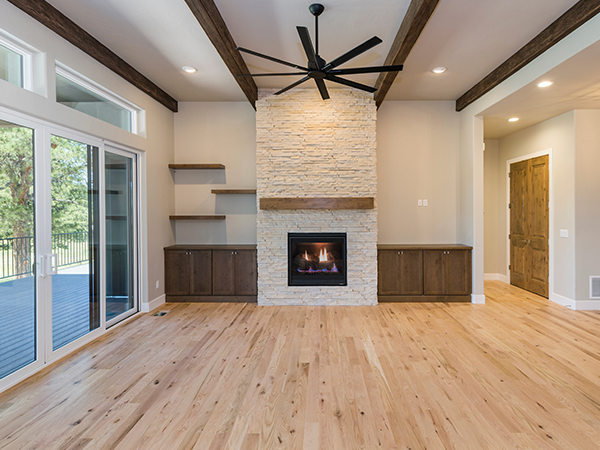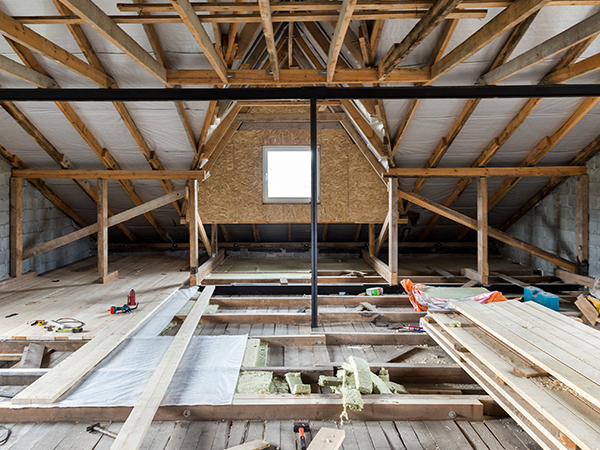
Accessory dwelling units, or ADUs, go by various names, including accessory suites, backyard cottages, basement apartments, and garden units. The self-contained residential units also go by in-law flats, granny flats, and secondary dwelling units, among other names. Many homeowners are looking at ADUs as a solution to increase their living space. ADUs offer an affordable way to construct housing.
Accessory Dwelling Units
ADUs are separate dwelling units on the same property as a detached home. Homeowners build the units to provide a potential income source or create extra living space for growing families.
Demand for affordable housing has led to the exponential growth of ADUs in the state. The units provide as much living space as many new apartments and condos. They are ideal for single people, young couples, small families, and seniors.
Benefits of ADUs
They provide a source of income for the homeowners.
They offer an affordable building option as homeowners do not need to purchase land or build major new infrastructure.
Cost-effective construction materials help keep the cost of building low.
They allow extended families to live in the same compound while maintaining privacy.
The units offer flexibility to share living spaces with family members.
Types of Accessory Dwelling Units
There are four main types of ADUs. They are:
Attached units share a wall and foundation with the main dwelling.
Detached units are the most independent and have a separate foundation.
Interior conversions such as basement apartments.
Garage conversions.
Buildings are considered ADUs even if they are fully detached from the main residence. Even with a separate entrance, utility hookup, and foundation, they remain part of the primary lot. They are seen as secondary home within the property, and homeowners can rent or use the space for the family.
Laws Regarding ADUs
Many families in California find it almost impossible to get affordable housing. California lawmakers see ADUs as a possible solution to the housing crisis. The governor signed into law bills regarding ADUs, removing barriers that made it prohibitive to build new homes. The bills aimed to make ADUs accessible to people across the state. The laws were designed to encourage homeowners to construct the units as a housing option. Accessory dwelling units (AB-881) and Land use accessory dwelling units (AB-68) are two bills that have made a significant impact.
Streamlined Process for Approvals
The bills make ADUs simpler to build by making certain restrictions obsolete. Homeowners receive approvals or denials faster, which is vital for making construction decisions. There are requirements for the minimum size of rooms.
Implementation of the laws means that municipalities cannot block the construction of ADUs as they did in the past. The new laws reduce fees and remove restrictions, making it easier to build ADUs.
ADUs allow low-income households to access affordable housing. The units provide an affordable living place while protecting tenants. The new laws encourage the housing market to change how it views property. They also eliminate the old-owner occupancy rule that demands owner occupancy for a certain period.
For more on the requirements for building an ADU in California, contact Amazing Homes in Burbank, California. Call (888) 409-0091 to schedule an appointment today.







